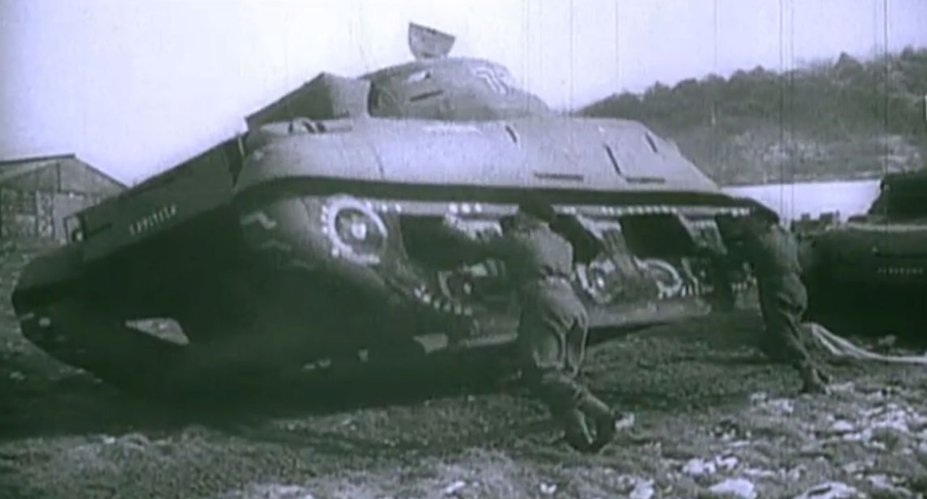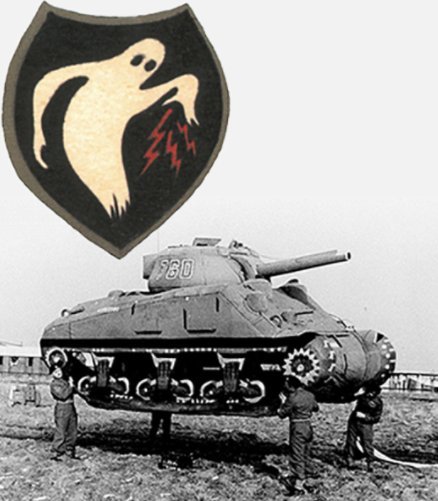Deception through Information Operations (IO) in WAR

Most of our current understanding of Information Operations (IO) comes from its utilization within the counterinsurgency operations that the U.S. has been involved with the past two decades. This essentially includes the propaganda of insurgents and terrorists and then the subsequent activities undertaken by military and nonmilitary organizations to shape the narrative of the conflict, affecting the attitudes and behaviors of the targeted audience to their point of view (Baker, 2011). IO is above all an integrating function that involves the syncing of information and information systems in order to gain a distinct military advantage, similar to joint operations. This syncing of information is designed to have effects that are significantly greater than the sum of the individual components. The overall purpose of IO and sum of its integrating functions is to influence the behavior of target audiences by changing their ability to make decisions, while simultaneously defending friendly capability to make proper decisions. Soft-power techniques are the most common among IO operations, but can also include the use of physical attack against adversary information systems or directly against decision makers (Murphy, 2011).
A principle aspect of IO is the understanding of the information environment and the type of activities that occur within the environment to achieve the desired end state of influencing a target audience while protecting friendly interests. The information environment transcends the boundaries of land, sea, air, space, and cyberspace and can be accessed by all actors. This environment includes how information flows between people, the methods in which audiences receive the information, and how information is perceived by each separate audience (Murphy, 2011). The IO environment is further impacted by many capabilities, including the traditional five of Military Information Support Operations, Military Deception, Operations Security, Electronic Warfare, and Computer Network Operations. These capabilities used to be referred to as the core of IO, but this moniker has been since rescinded because of the tendency to perceive ownership of the capabilities. This inhibited IO’s integrative function, which is one of its most important aspects. Taking away defined capabilities, eliminates ownership of such actions and allows for a more imaginative and mission command oriented approach by commanders and their staff (Murphy, 2011).

There have been numerous examples of information operations being utilized in virtually every conflict throughout history from the military deception of Operation Fortitude in WWII to the Stuxnet computer worm that targeted the Iranian nuclear program. IO has been especially important during the past two decades “War on Terror”. Al Qaeda leadership has stated that half the battle they face is within the battlefield of the media. Other counter-terrorism experts have also stated that terrorist’s center of gravity lies in the information domain and that is where they need to be engaged. Almost every terrorist group now has a website and many of the sites are very sophisticated with different messages aimed at specific target audiences (Forest, 2009). This has essentially resulted in both terrorists and insurgents being just as, and many times more effective at reaching audiences then coalition forces. IO has been imperative for the U.S. and their Western vassals in utilizing propaganda by attempting to win over support for their agenda from the same target populations. as per US military doctrine, IO has played a large part in the fight against terrorism and military leaders will need to continuously hone their skills within the IO realm for future success. the question remains, how does this form of doctrinal thinking adversely impact domestic consideration? Orwellian similarities aside........
References:
Baker, R. O. (2011). Information operations: from good to great. Military Review, 91(4), 2.
Forest, J. J. (2009). Influence Warfare: How Terrorists and Governments Fight to Shape Perceptions in a War of Ideas: How Terrorists and Governments Fight to Shape Perceptions in a War of Ideas. ABCCLIO.
Murphy, D. (2011). Information Operations Primer: Fundamentals of Information Operations. U.S. Army War College, Carlisle PA.
Congratulations @fugetaboutit! You have completed some achievement on Steemit and have been rewarded with new badge(s) :
Click on any badge to view your own Board of Honor on SteemitBoard.
For more information about SteemitBoard, click here
If you no longer want to receive notifications, reply to this comment with the word
STOP